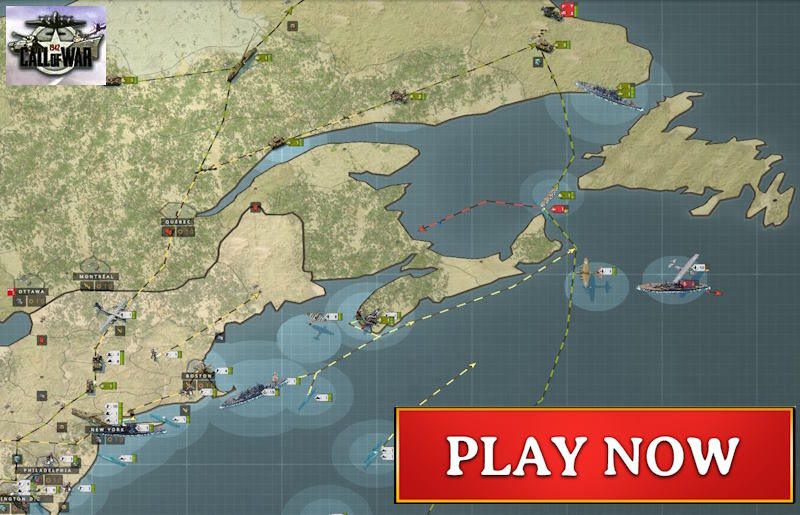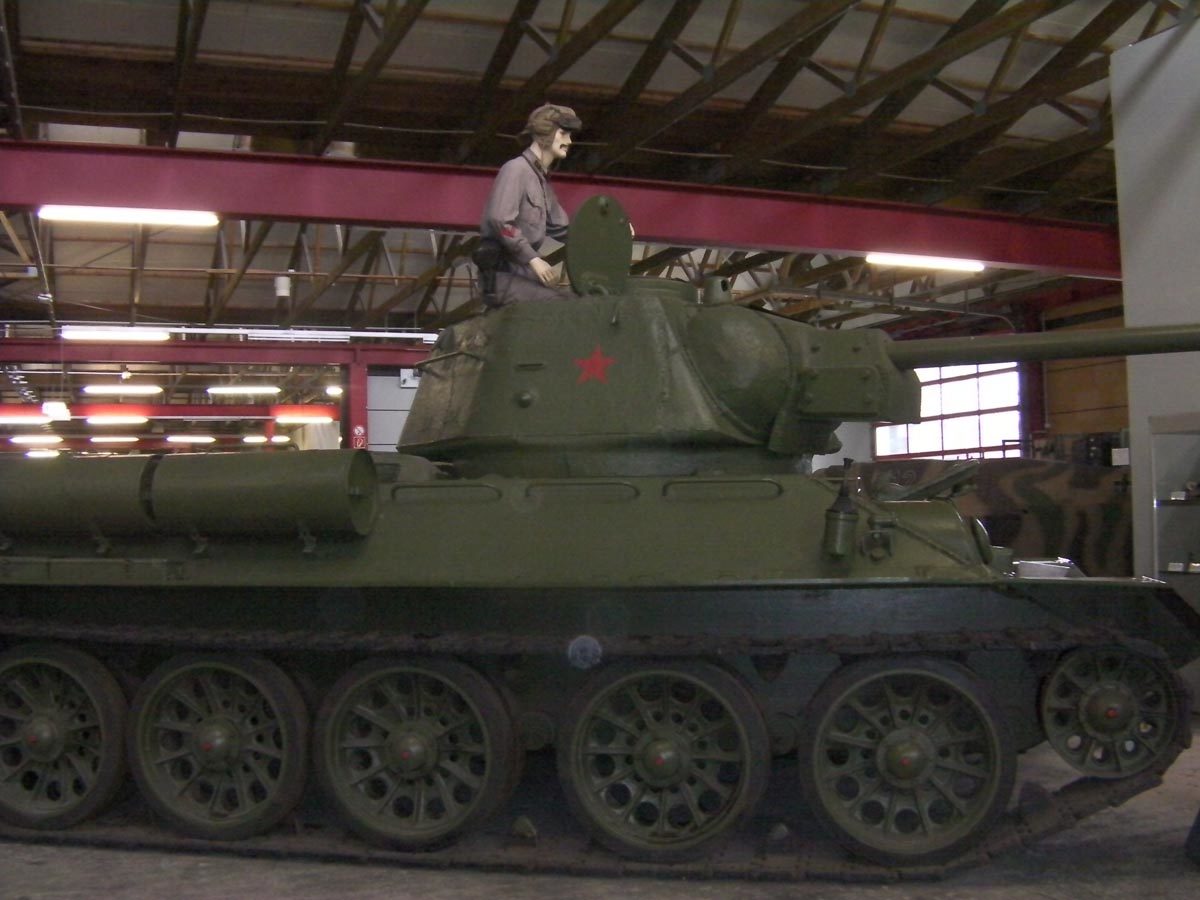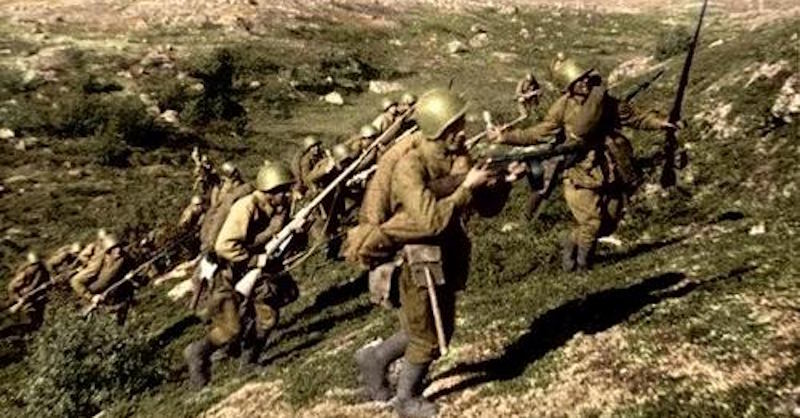Wehrmacht – the German Armed Forces of the Third Reich.
The origins and creation of the Wehrmacht in March 1935 and the evolution until the beginning of WW2 in September 1939.
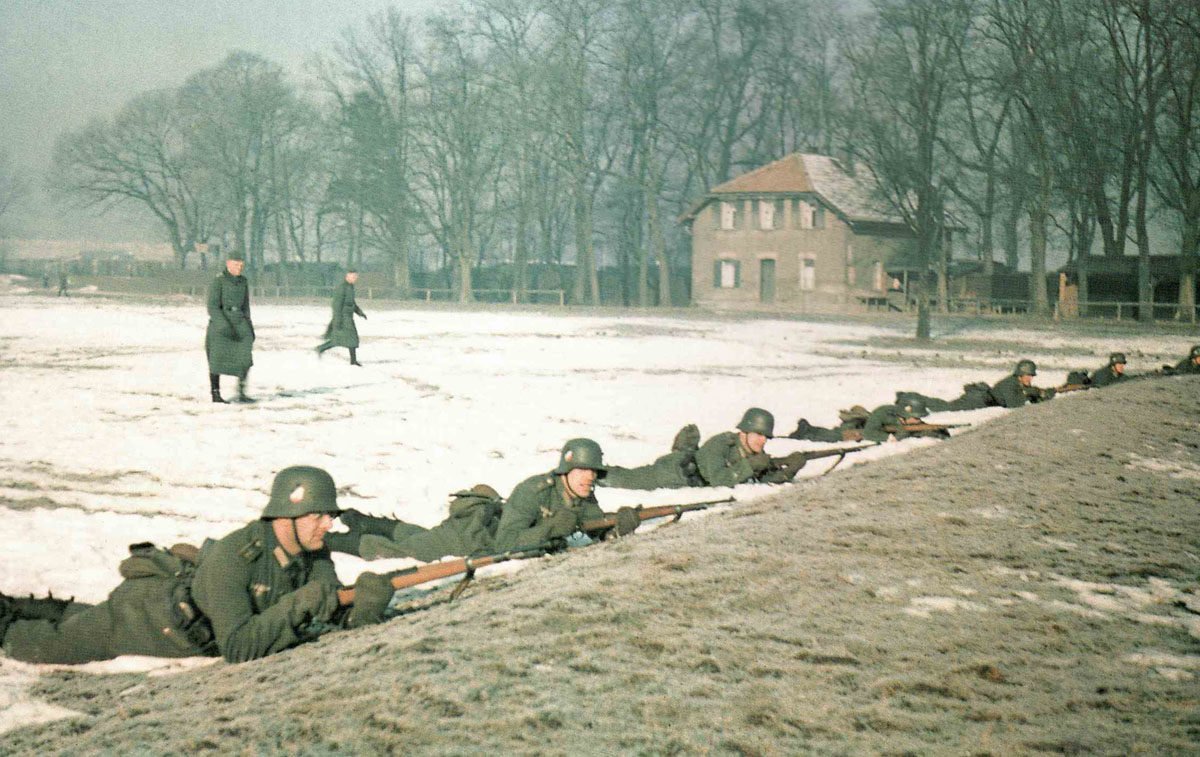
In the plebiscite on the Saar on January 13, 1935, more than 90% of the electorate voted to return to Germany. On March 1, 1935, Saarland returned to the German Reich.
In response, on 6th March, the French government reduced the age of the conscripts and doubled the current military service period from one to two years. This meant practically the doubling of French Armed Forces. The French parliament approves this on 15 March, after the UK has already announced its plans to upgrade armament on March 4, the first time since the end of the World War One.
This is how the German government is on Saturday, March 16th, 1935 (almost always, Hitler announces his surprises on the weekend, since he surmises that the foreign governments can not react immediately at this time) not difficult to announce and justify the reintroduction of military service. Thus, the Versailles Treaty is clearly broken and a strength of 36 divisions with about 500,000 men are announced for the new Wehrmacht.
These reports are a sensation both abroad and in Germany. Even high-ranking officers and military regional commanders of the Reichswehr are only informed of the broadcasting about the creation of the new Wehrmacht. Only the ‘Truppenamt’ knows about it, which now again becomes the German General Staff – also banned in the Treaty of Versailles.
In the case of the signatories to the Treaty of Versailles, all consequences are just protests and indignation, since Hitler did not undertake the first official step towards enlargement of the armed forces and can also make it credible that Germany, as the only state, had already disarmament for 14 years, while the other powers of the Versailles Treaty would never have done so.
On March 10, 1935, Goering had already been told to the bewildered military attachés that there was now a German Air Force (Luftwaffe), which was even larger than the Royal Air Force – which was, indeed, a lie.
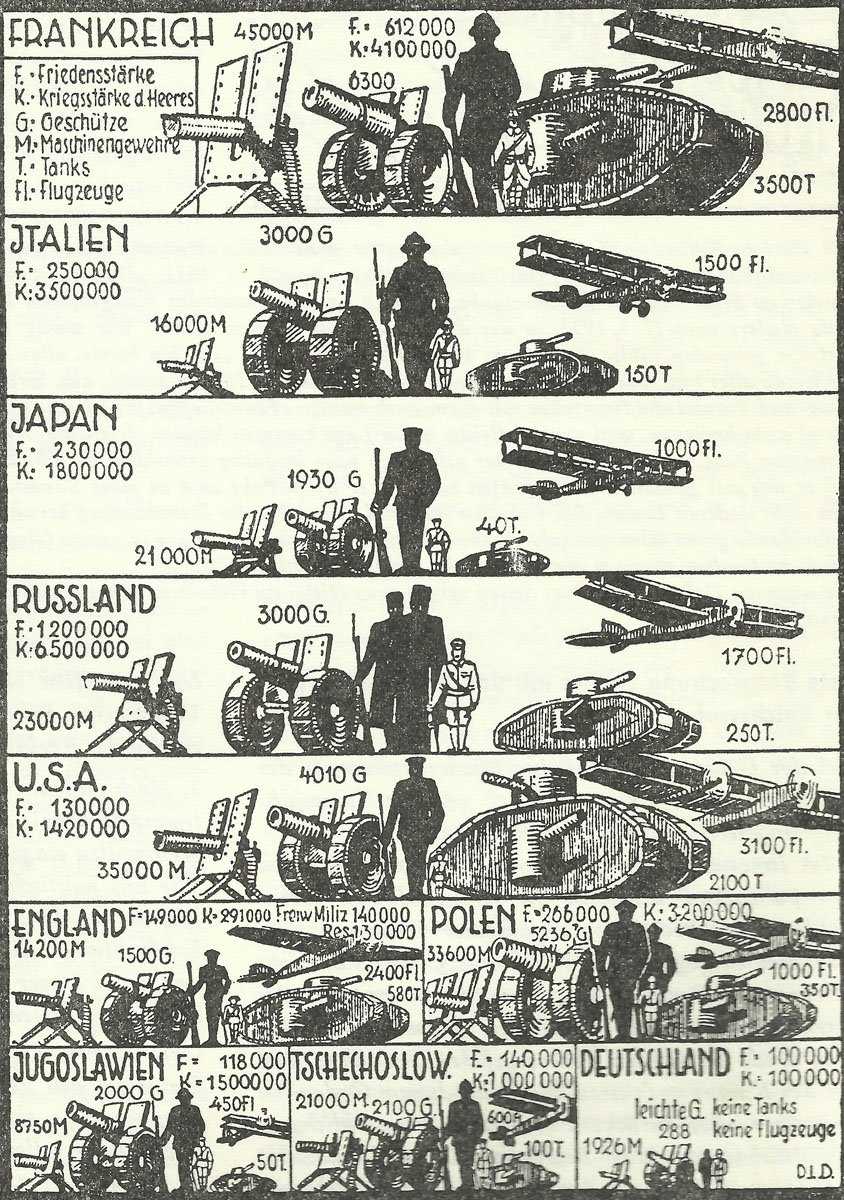
Needless to say, this brought the restrictions imposed on the size and the strength of the German armed forces to an abrupt end. The next four years saw the rapid expansion of the German Army; a transformation from General Seeckt’s Reichswehr into Hitler’s Wehrmacht.
In September 1939 the German Army went to war with forces which, although well-trained in the latest concepts of mechanized warfare, had gained little combat experience except in the Spanish Civil War; and that had been very limited. Much of the specialized motorized equipment had yet to reach the field armies, and so all the non-panzer and non-motorized divisions still travelled on foot and relied mainly on horses to haul their equipment and artillery.
Whatever the shortcomings in quantity and quality of equipment, German human material was of the best. The Versailles Treaty, which had limited the Reichswehr to one hundred thousand men, was turned to advantage, in that only the best personnel were retained in a professional army. There was even a surplus of soldiers to man the armed police forces of the various German states (Landespolizei), and these were later to be incorporated in the Army when conscription was re-introduced. There was, in addition, a vast pool of semi-trained manpower in the paramilitary formations of the Nazi Party.
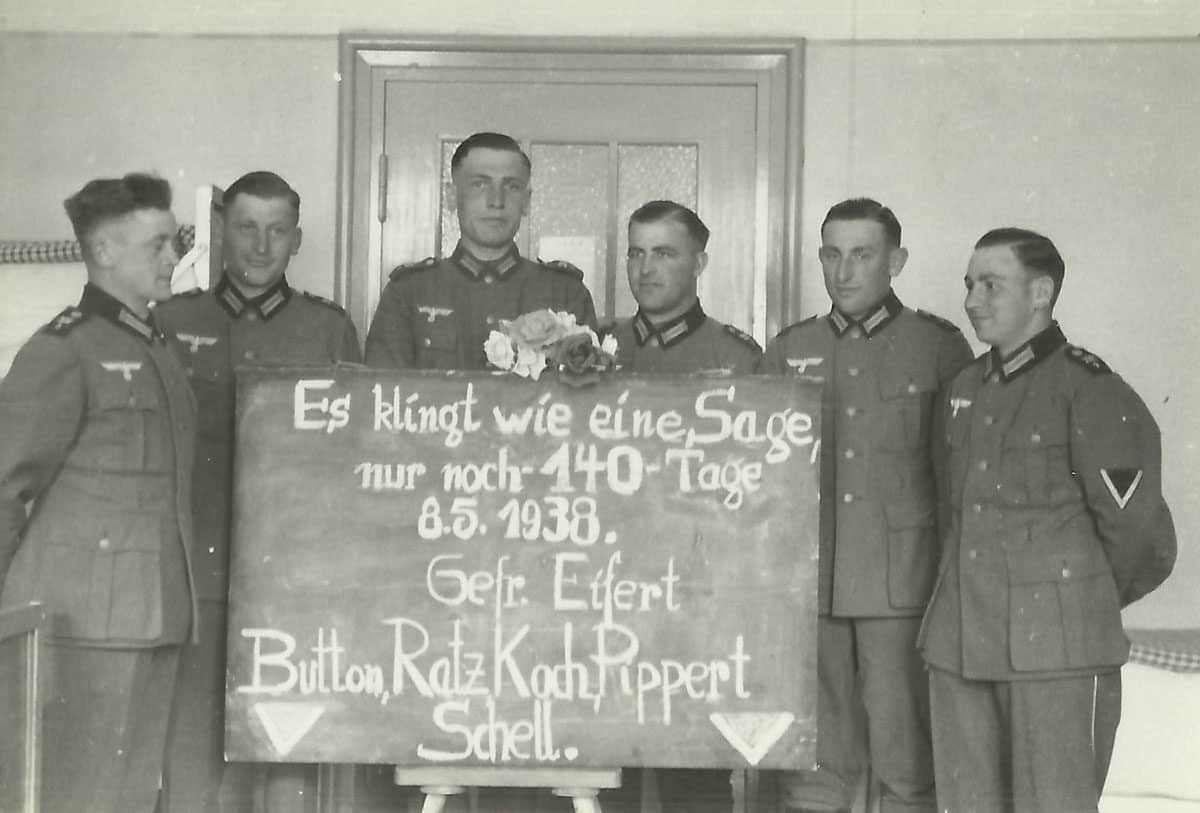
Apart from the conscripts the German Army needed to attract volunteers who would make a career in the Army. To achieve this, terms of service were made more attractive, smart new uniforms introduced and well-equipped modern barracks constructed. At the same time attempts were made to break down much of the traditional petty authoritarianism of the Army, while retaining and even elevating the privileged position of the German soldier in society – because only an army, which is also respected in their respective countries, achieves a high fighting power.
The soldiers of the Wehrmacht set themselves very high professional standards so that when they went to war in 1939, they did so with enthusiasm and the strong conviction that they were the finest soldiers in the world.
Hitler’s main problem with the Army came from certain senior officers who opposed his aggressive foreign policy and held conservative views on the conduct of war, but these men had little influence. Their opposition was always hesitant, and affected by their approval of Hitler’s modernization program, while they would always be bypassed or replaced if they proved too troublesome. The German Army of World War II was in general a loyal, obedient and confident instrument of the Nazi dictator.

References and literature
Illustrierte Geschichte des Dritte Reiches (Kurt Zentner)
The Armed Forces of World War II (Andrew Mollo)




